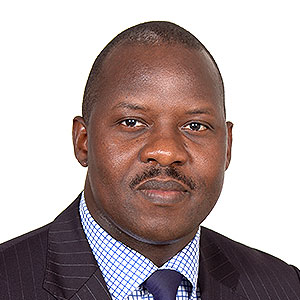Question 2: What lessons learnt can we draw on to inform how urban planning and land use can guide the sustainable, integrated, inclusive, safe and resilient development of the world’s human settlements?
Please share your ideas and/or examples below.






 Declaration of the Global Platform.pdf
Declaration of the Global Platform.pdf
-Preservation of the multi-use function of community and public space in slum contexts to promote economic, social and cultural capital.
-The potive role local and municipal governments must play in engaging wtih slum dwellers and enforce appropriate standards.
-The role of national policies to promote the recognition and inclusion of slum dwellers and the mandate for the integration of slums into the broader urban environment via slum upgrading actions.
-Using human rights as a basic framework to understand the impacts of urbanization on slum dwellers and to guide responses.
-Utilizing the proposed Global Platform for Right to the City to the organization of social actors.